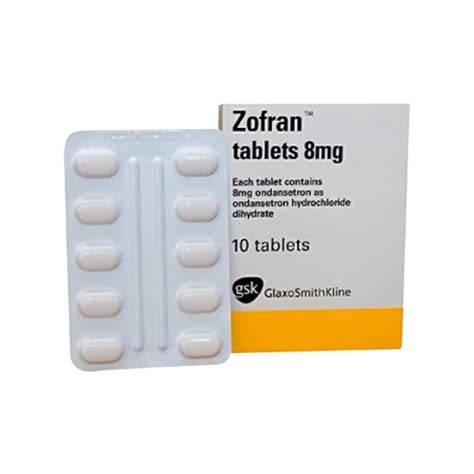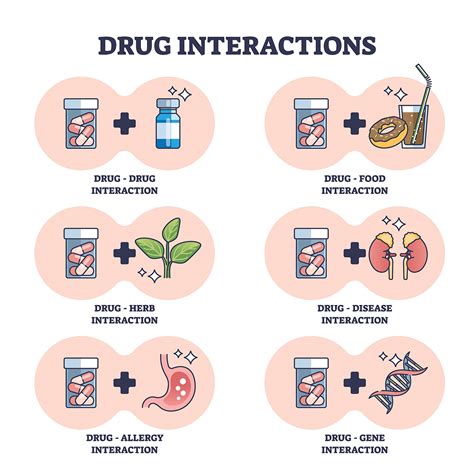Intro
Discover how Zofran provides effective nausea relief, treating morning sickness, chemotherapy-induced nausea, and vomiting, with its active ingredient, ondansetron, offering quick relief and comfort for patients seeking nausea management solutions.
Nausea is a common symptom that can be caused by a variety of factors, including pregnancy, motion sickness, and chemotherapy. It can be debilitating and affect a person's quality of life. Fortunately, there are several medications available that can help alleviate nausea, and one of the most commonly used is Zofran. Zofran, also known as ondansetron, is a medication that is specifically designed to prevent nausea and vomiting. It is often prescribed to patients who are undergoing chemotherapy, radiation therapy, or surgery, as well as those who are experiencing nausea and vomiting due to other medical conditions.
Nausea and vomiting can be a major challenge for many people, and it can be difficult to manage without the right treatment. Zofran has been shown to be effective in preventing nausea and vomiting in a variety of settings, and it is often considered a first-line treatment for these symptoms. In addition to its use in medical settings, Zofran is also sometimes used to treat nausea and vomiting caused by motion sickness, although it is not FDA-approved for this use. Overall, Zofran is a valuable medication that can help people manage nausea and vomiting, and it has become an important tool in the treatment of these symptoms.
The importance of effective nausea relief cannot be overstated. Nausea and vomiting can lead to dehydration, electrolyte imbalances, and other complications, particularly in vulnerable populations such as the elderly and young children. Furthermore, nausea and vomiting can also have a significant impact on a person's quality of life, making it difficult to perform daily activities and enjoy social interactions. By providing effective relief from nausea and vomiting, Zofran can help people regain control over their lives and improve their overall well-being.
What is Zofran?

How Zofran Works
Zofran works by binding to 5-HT3 receptors in the body, which are found in the vomiting center of the brain and the gut. By binding to these receptors, Zofran blocks the action of serotonin, which is released by the body in response to certain stimuli, such as chemotherapy or surgery. When serotonin binds to 5-HT3 receptors, it can trigger a response that leads to nausea and vomiting. By blocking the action of serotonin, Zofran can help prevent this response and reduce the likelihood of nausea and vomiting. Zofran is highly effective in preventing nausea and vomiting, and it is often used in combination with other medications to enhance its effects.Benefits of Zofran

Common Uses of Zofran
Zofran is commonly used to prevent nausea and vomiting in people who are undergoing chemotherapy, radiation therapy, or surgery. It is also sometimes used to treat nausea and vomiting caused by motion sickness, although it is not FDA-approved for this use. Some other uses of Zofran include: * Preventing nausea and vomiting in people who are undergoing bone marrow transplantation * Treating nausea and vomiting caused by gastroenteritis * Preventing nausea and vomiting in people who are taking certain medications, such as antibiotics or painkillers * Treating nausea and vomiting in people who have cancerSide Effects of Zofran

Precautions and Warnings
There are some precautions and warnings to be aware of when taking Zofran. For example: * Zofran can cause drowsiness and dizziness, so it is essential to avoid driving or operating heavy machinery until you know how the medication affects you. * Zofran can interact with other medications, such as warfarin and phenytoin, so it is crucial to tell your doctor about all the medications you are taking. * Zofran is not recommended for people who have a history of QT prolongation or other heart problems. * Zofran should be used with caution in people who have liver or kidney disease.Administration and Dosage

Overdose and Toxicity
While Zofran is generally safe, it is possible to overdose on the medication. Symptoms of an overdose may include: * Seizures * Loss of consciousness * Abnormal heart rhythms * Low blood pressure If you suspect an overdose, it is crucial to contact emergency services or a poison control center immediately.Interactions with Other Medications

Pregnancy and Breastfeeding
Zofran is classified as a category B medication, which means that it is generally considered safe to use during pregnancy. However, it is crucial to use Zofran only under the guidance of a healthcare provider, as the medication can pass into breast milk and may affect the baby. Women who are breastfeeding should discuss the risks and benefits of Zofran with their doctor before taking the medication.Conclusion and Final Thoughts

We invite you to share your thoughts and experiences with Zofran in the comments below. Have you used Zofran for nausea relief? What were your experiences with the medication? Do you have any questions or concerns about using Zofran? Share your story and help others who may be struggling with nausea and vomiting.
What is Zofran used for?
+Zofran is used to prevent nausea and vomiting caused by chemotherapy, radiation therapy, and surgery. It is also sometimes used to treat nausea and vomiting caused by motion sickness, although it is not FDA-approved for this use.
How does Zofran work?
+Zofran works by blocking the action of serotonin, a natural substance in the body that is involved in causing nausea and vomiting. By blocking the action of serotonin, Zofran can help prevent nausea and vomiting.
What are the common side effects of Zofran?
+Common side effects of Zofran include headache, dizziness, constipation, diarrhea, and fatigue. These side effects are typically mild and short-lived, but it is essential to contact your doctor if you experience any severe or persistent side effects.
Can I take Zofran while pregnant or breastfeeding?
+Zofran is classified as a category B medication, which means that it is generally considered safe to use during pregnancy. However, it is crucial to use Zofran only under the guidance of a healthcare provider, as the medication can pass into breast milk and may affect the baby.
How long does Zofran take to work?
+Zofran typically starts to work within 30 minutes to 1 hour after taking the medication. However, the exact time it takes for Zofran to work may vary depending on the individual and the condition being treated.
